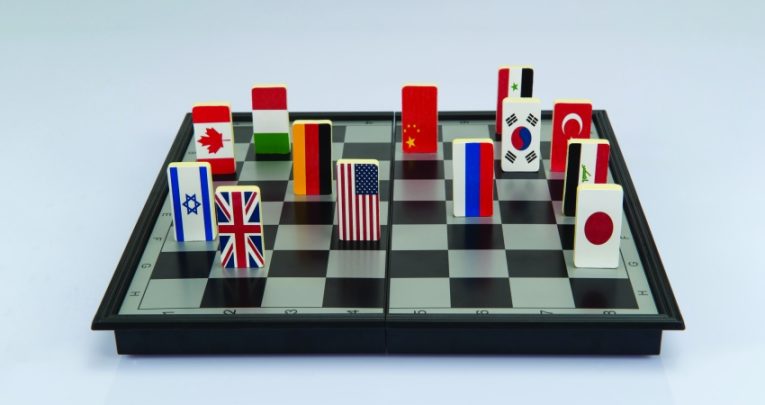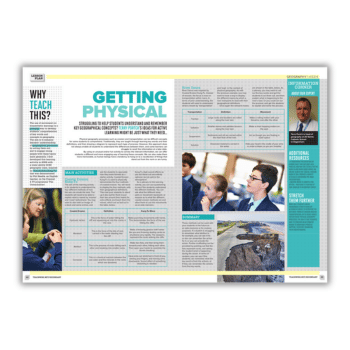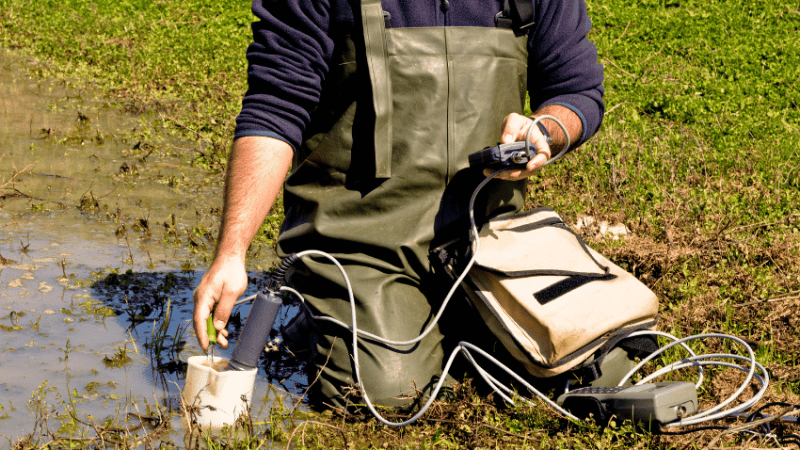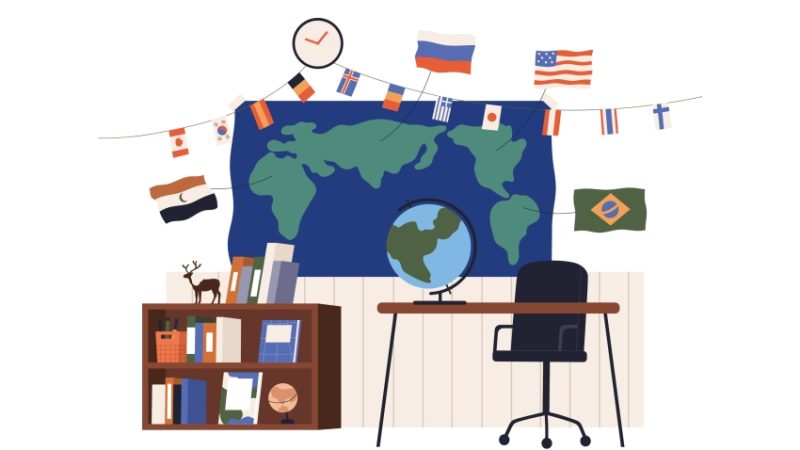Geopolitics – How physical landscapes affect statecraft

Tim Marshall considers how physical geography shapes countries’ actions – and thus the stories we’ll be learning about decades hence…

- by Tim Marshall

In the Middle East, the vast fortress of Iran and its nemesis, Saudi Arabia, face off across the Persian Gulf. South of the Pacific, Australia finds itself caught between the two most powerful nations of our time: the USA and China.
In the Mediterranean, Greece and Turkey are in a contest that has roots going back to antiquity, but could flare into violence tomorrow.
Welcome to the 2020s. The Cold War era, in which the USA and the Soviet Union dominated the entire world, is becoming a distant memory. We are entering a new age of great-power rivalry in which numerous actors, even minor players, are jostling to take centre stage.
The geopolitical drama is even spilling out of our earthly realm, as countries stake their claims above our atmosphere, to the Moon and beyond.
Multiple power rivalries
When what was the established order for several generations turns out to be temporary, it is easy to become anxious. But it has happened before, it is happening now and it will happen again.
For some time we have been moving towards a ‘multipolar’ world. Following the Second World War, we saw a new order – a bipolar era with an American-led capitalist system on one side, and on the other the communist system operated by what was, in effect, the Russian Empire and China.
This lasted anything from about 50 to 80 years, depending on where you draw your lines. In the 1990s we saw what some analysts call the ‘unipolar’ decade, when American power went almost completely unchallenged. But it is clear that we are now moving back to what was the norm for most of human history.
Projecting power
Empires rise and fall. Alliances are forged and then crumble. The post-Napoleonic Wars settlement in Europe lasted about 60 years; the ‘Thousand-Year Reich’ lasted for just over a decade. It’s impossible to know precisely how the balance of power will shift during the coming years.
There are undoubtedly economic and geopolitical giants that continue to have huge sway in global affairs – the USA and China, of course, as well as Russia, the collective nations of Europe in the EU and the fast-growing economic power of India. But smaller nations matter too.
Geopolitics involves alliances, and with the world order currently in a state of flux, this is a time when the big powers need smaller powers on their side, and vice versa. It gives countries such as Turkey, Saudi Arabia and the UK an opportunity to strategically position themselves for future power.
In 2015, I wrote a book called Prisoners of Geography, in which I aimed to show how geography affects global politics and shapes the decisions that nations and their leaders are able to make. I wrote about the geopolitics of Russia; China; the USA; Europe; the Middle East; Africa; India and Pakistan; Japan and Korea; Latin America; and the Arctic. I wanted to focus on the biggest players, the great geopolitical blocs or regions, and give a global overview, but there is more to say.
Although the USA remains the only country capable of projecting serious naval power into two oceans simultaneously, the Himalayas still separate India and China, and Russia is still vulnerable in the flatlands to its west.
New geopolitical realities are emerging all the time, and there are other players worthy of our attention, with the power to shape our future.
Geopolitical realities
My latest book, The Power of Geography, looks at mountains, rivers, seas and concrete to understand geopolitical realities. Geography is a key factor shaping what humanity can and cannot do.
Yes, politicians are important – but geography is more so. The choices people make, now and in the future, are never separate from their physical context.
The starting point of any country’s story is its location in relation to neighbours, sea routes and natural resources. Live on a windswept island on the periphery of the Atlantic Ocean? You’re well placed to harness wind and waves. Live in a country where the sun shines 365 days a year? Solar panels are the way ahead. Live in a region where cobalt is mined? That could be a blessing and a curse.
There’s been talk of a ‘flat world’, in which financial transactions and communications conducted through cyberspace have collapsed distance, rendering landscape meaningless. However, this is a world inhabited only by a tiny fraction of people who may well speak via video conference, before flying over mountains and seas to speak in person, but it’s not the experience of most of the other 8 billion people on earth.
Egyptian farmers still rely on Ethiopia for water. The mountains to the north of Athens still hinder its trade with Europe. Geography isn’t fate – humans get a vote in what happens – but it matters.
A divided decade
Many factors have contributed to what will be an uncertain and divided decade as we progress to a new era. Globalization, anti-globalization, COVID-19, technology and climate change have all had an impact, and all feature in The Power of Geography as 21st century events and conflicts with the potential for far-reaching consequences in a multipolar world.
Iran, for example, is currently shaping the future of the Middle East. A pariah state with a nuclear agenda, it must keep its Shia ‘corridor’ to the Mediterranean open via Baghdad, Damascus and Beirut to maintain influence.
Its regional rival, Saudi Arabia, is a country built on oil and sand that has always counted the USA as an ally. But as demand for oil declines and the USA becomes more energy-independent, its interest in the Middle East will slowly wane.
Elsewhere, it’s not oil but water that’s causing turmoil. As the ‘water tower of Africa’, Ethiopia holds a crucial advantage over its neighbours, particularly Egypt. This is one of the key sites for the potential ‘water wars’ this century, but also shows the power of technology as Ethiopia uses hydroelectricity to change its fortunes.
That is not an option in many parts of Africa, such as the Sahel – the vast scrubland at the southern edge of the Sahara and a war-torn region straddling ancient geographical and cultural divisions, where in parts Al-Qaeda and ISIS
now hold sway. Many people will flee, some heading north towards Europe. What is already a major humanitarian crisis
may worsen.
Earthly restraints
However, perhaps the most fascinating development of current times is that our geopolitical power struggles are now breaking free of our earthly restraints and being projected into space. Who owns space? How do you decide?
There’s never really a ‘final frontier’, but this is as close as it gets. Frontiers tend to be wild, lawless places. Above a certain height there’s no sovereign territory. If I want to place my laser-armed satellite directly over your country, by what law do you say I can’t?
With multiple countries racing to become the pre-eminent power in space, and private companies entering the fray, the stage is set for a dangerous cutting-edge arms race, unless we can learn from past mistakes and accept the many benefits of international co-operation.
Tim Marshall is a journalist and author specialising in foreign affairs, having previously served as diplomatic editor for Sky News and contributed to a number of national newspapers.
This article is based on an abridged extract from his book, The Power of Geography – Ten Maps That Reveal The Future of our World (£9.99, Elliott and Thompson Limited). For more information, visit eandtbooks.com/schools










